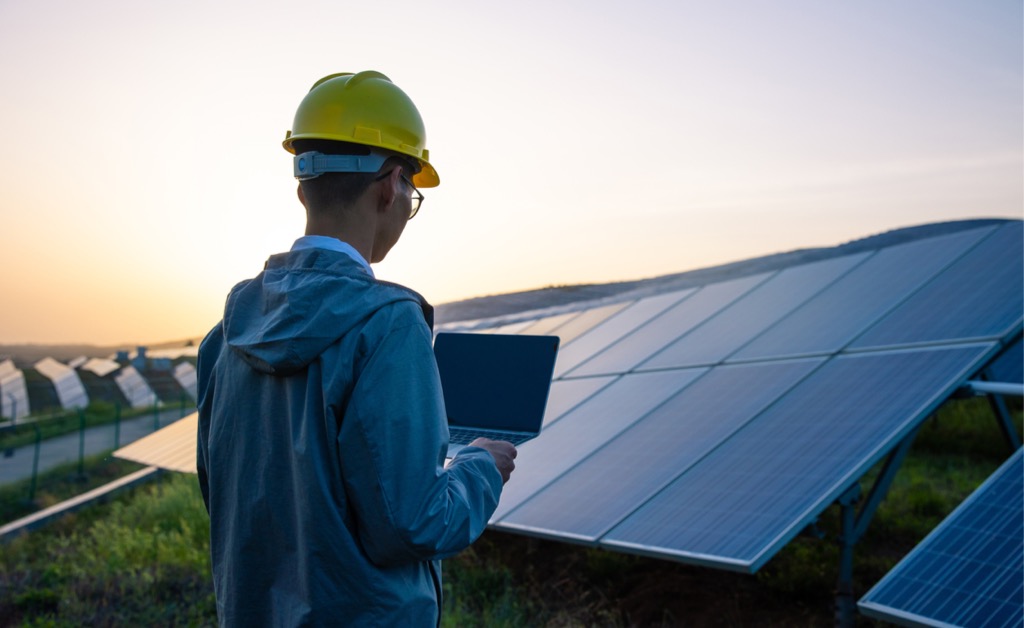New to project development? Find a development engineer.

This post was written by Josh Weiner, Solar Expert Witness & Solar Engineering Expert. Mr. Weiner has been at the forefront of the solar industry for over 20 years and is an industry leader on solar project development. Josh’s expertise spans both in-front of and behind-the-meter initiatives including residential, commercial, utility, grid-scale, and ev charging solar and storage applications.
Putting a project together for the first time? Not sure where to start in the confusing jungle that is energy project development?
You probably have a few questions:
- Does my project pencil out?
- Can I connect to the grid?
- Do I have the right site?
It’s important to resolve these questions sequentially. You’re best off addressing revenue discovery and selecting among technologies and products before approaching site feasibility. And model cash flows before asking for permission to interconnect with the grid.
Working closely with a solar development engineer, someone who can lead an energy project through every stage of development, you get more value than by keeping project development and engineering in silos.
Here’s how a development engineer can help eliminate confusion for new developers.
Does my project pencil out?
Let’s start with the revenue. It has to be high enough to justify the cost and risk of developing a new project. Revenue can come from a variety of sources — utilities, municipalities, ISO markets, aggregators, consumers, to name a few. The revenues available for solar-only projects in saturated markets are dwindling, but energy storage provides a new opportunity for sites that are strategically located.
What about all the various costs that come into a new project? Let’s start with the cost of land. It has to be low enough for your project to make low-cost energy. The assumed cost of a land lease should be about 2.5¢ per Watt per year for utility-scale projects and commercial ground-mount projects, according to the National Renewable Energy Laboratory.
You also need access to capital, someone who will buy the energy you produce, and an interconnection agreement granting permission to connect with the electric grid. That leads us to the next question.
Can I connect to the grid?
Proximity to a load-serving entity also affects the cost of the project. All things being equal, projects sited closer to a utility substation will incur lower interconnection costs. This is important as grid interconnection costs are on the rise in several US regions, including the northeast, the midwest, and the southwest.
The sequence of events has not changed. But solar project developers, especially first-time developers, tend to recognize that the early stages of the process can be tedious, that an interconnection agreement means money, and go straight for the goal. This is a mistake.
Do I have the right site?
Your site is in the desert, not a tree in sight, and gets beautiful sunlight all year long. What’s not to like? Wouldn’t everyone want to buy the energy that your site could produce?
Well, these types of remote locations might bode well for production. But deliverability suffers due to higher costs of transporting energy across long distances to reach the site of consumption. In other words, “more sunlight” doesn’t always mean “more money.”
Why interconnection can’t come first
It’s reasonable to question the status quo. We live in an age of disruption fueled by new ideas. What if you could specialize in the lucrative business of obtaining interconnection agreements and let someone else handle the rest?
Would it be like starting a race halfway to the finish line? Sort of.
But instead of discovering a shortcut, you will find yourself running further, all the way back to the starting line before you can continue along your way.
That’s because of two fundamental laws of project development.
1. Changes upstream require subsequent changes roughly 99 percent of the time.
2. It’s slower and more expensive to do project development out of order. Maybe not always; just about 99 percent of the time.
Any good construction manager will tell you about the need for a detailed geotechnical analysis to understand impacts of soil corrosivity, groundwater, and other subsurface conditions before solidifying an approach to civil engineering and structural design.
Pile driving is expensive. If you overspend on equipment, material, and labor, the impact on project financials will be noticeable. Underspend and the consequences may be ruinous.
Two solar specialists at Burns & McDonnell, a leading EPC firm, have said in a Power Engineering article that change orders stemming from an incomplete geotechnical study “can sometimes result in seven-figure cost differentials.”
Preconstruction activities can also derail a project. Just think what would happen if you designed a solar project and procured equipment on the assumption that you could easily export power to the grid, only to discover that interconnection would require severe limits on power exports?
This is not a hypothetical scenario. It happened.
The solar development engineering process
When a developer first contacts SepiSolar about project engineering, we usually begin by identifying whether plans call for interconnection in front of the meter or behind the meter. The answer helps us know which engineering processes to follow.
If it’s a rooftop solar project connecting behind the meter, there’s no need to explore the most favorable markets and the most feasible sites for development. These decisions are already set in stone. Operating within the given constraints, we can tell you how to maximize system size and begin to model project cash flows accordingly.
Behind-the-meter projects benefit from streamlined engineering. Front-of-the-meter projects go through SepiSolar’s development engineering process.
You invest more time upfront. But instead of hoping your basic assumptions are correct—Interconnection via PJM, Midcontinent ISO, or Southwest Power Pool? Solar only or solar-plus-storage?—you’ll use data to make the right decisions.
Development engineering follows a six-step process based on a chronological series of questions each project needs to answer.
Solar development engineering questions
Revenue
1. First, what type of system should we build? Policy research, tariff research, and incentive research help decide whether you can make more money with solar, solar-plus-storage, or neither.
Right now in California, solar has a 14- to 15-year payback period. If you’re focused on developing projects in California, plan to build solar with batteries.
Technology
2. Once you know the type of system to build, it’s time to narrow down the options by technology, vendor, and product. If batteries are part of the equation, should they be lithium batteries or flow batteries? How to select from a multitude of module and inverter options?
A development engineer will perform due diligence looking at bankability studies, warranty analyses, and more to recommend the least cost/best fit alternatives for your project.
Feasibility
3. Next, let’s look at your site. Is it in a swamp? In extreme wind, could it blow away? Answers from your completed feasibility study will identify what you can build on the property, site constraints, and what hoops you’ll have to jump through.
Solar developers sometimes try to bypass the initial questions and begin with cash flow modeling, but this often leads us back to that very first question: Where’s the money?
Modeling
4. With cash flow modeling and system sizing, you will know for the first time how much money a project can make. This is a magical moment, a point where developers make go/no go decisions on large-scale projects. Are the decisions based in fact or fiction? That depends on the analysis that came beforehand.
Design
5. Assuming you have decided to go forward with development, the next question is, where to place the equipment based on property setbacks and easements, the location of access roads, staging areas, and electrical equipment? The answers produce the details needed for a conceptual design that you’ll need to submit to the authority having jurisdiction (AHJ) and the utility.
Interconnection
6. Finally, what are the local requirements for permitting and interconnection approval? Once you satisfy these requirements, at last, it’s time to think about the start of construction.
Talk to us about development engineering
As the solar and energy storage industries have grown, the development engineering process has stayed largely the same. The underlying value comes in two parts.
First, the ability to stick with the process. There’s always pressure to move faster through solar project development. It can be tempting to accept someone else’s word about site feasibility. A good development engineering team will independently verify the risks itself.
Second, the ability to keep up with rapid changes that affect the types of projects to develop and where to build them. Policies and tariffs may shift from year to year, even quarter to quarter. Product research next year will look quite a bit different than the due diligence you performed a year ago.
Visit the SepiSolar development engineering service page to learn more about how we can support your utility-scale projects and commercial ground-mount projects and to get in touch with our team.


